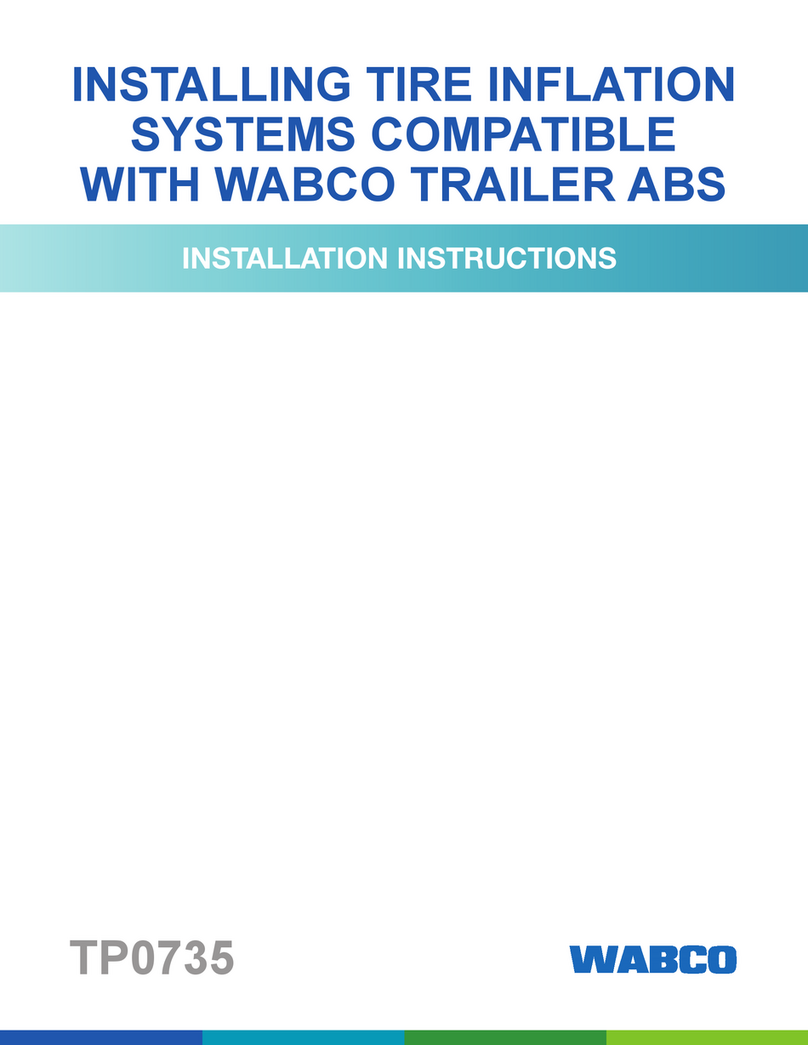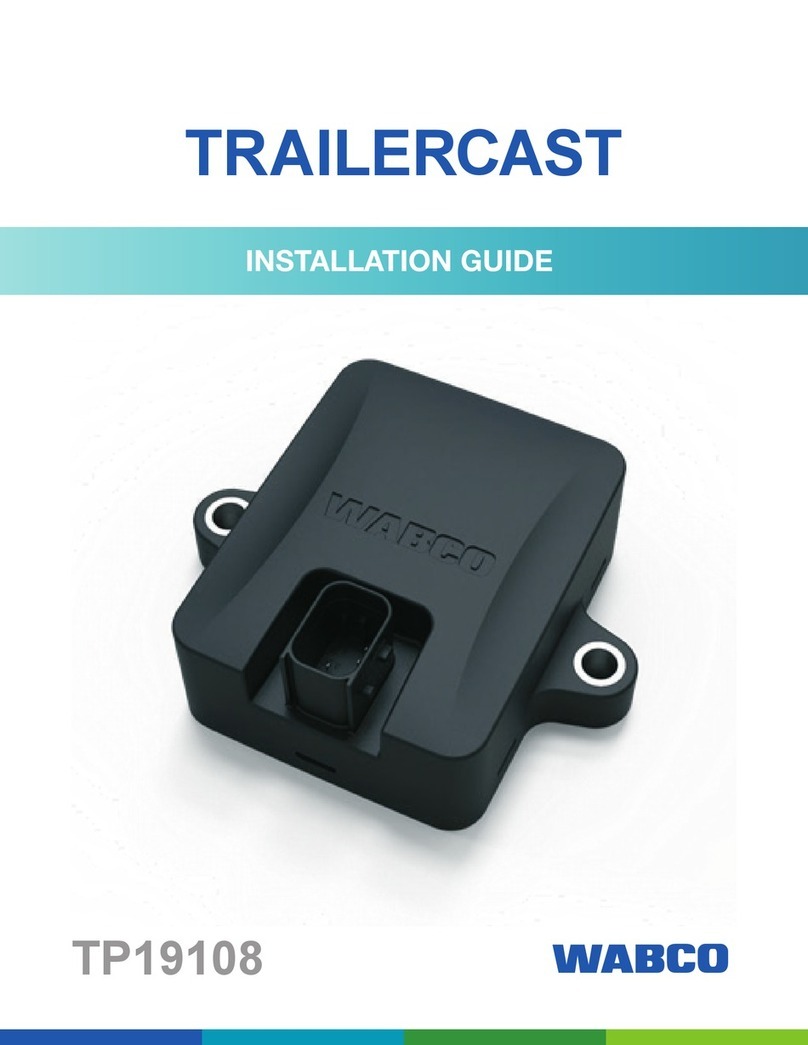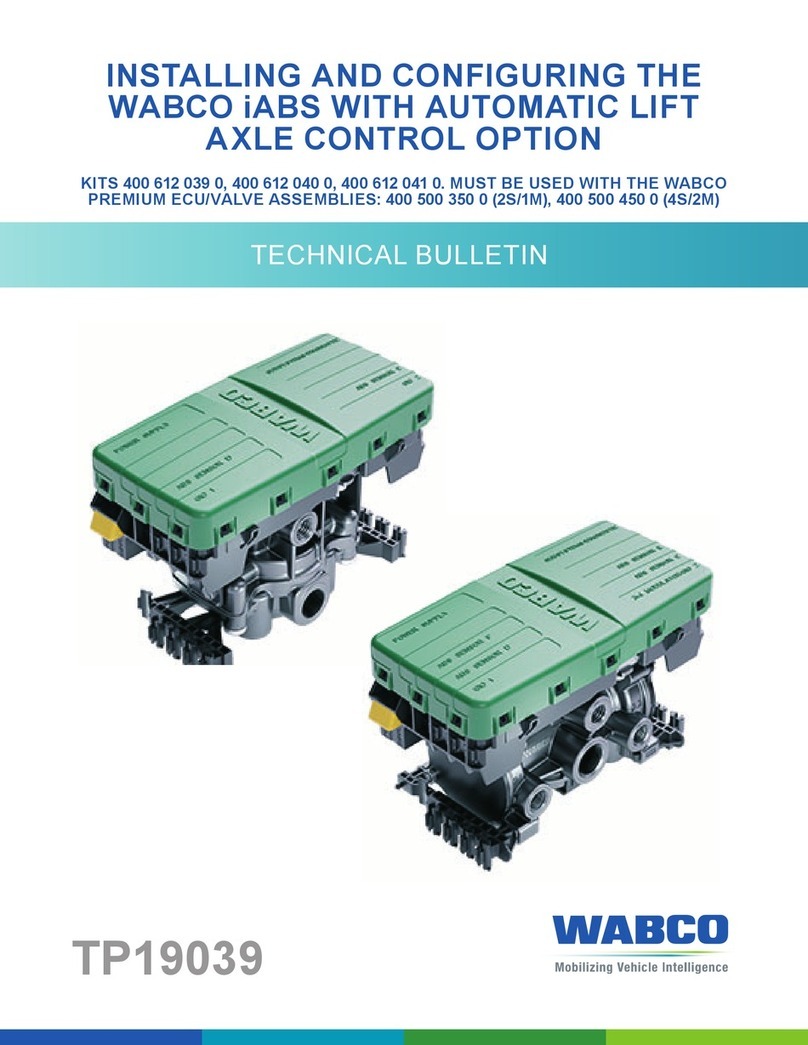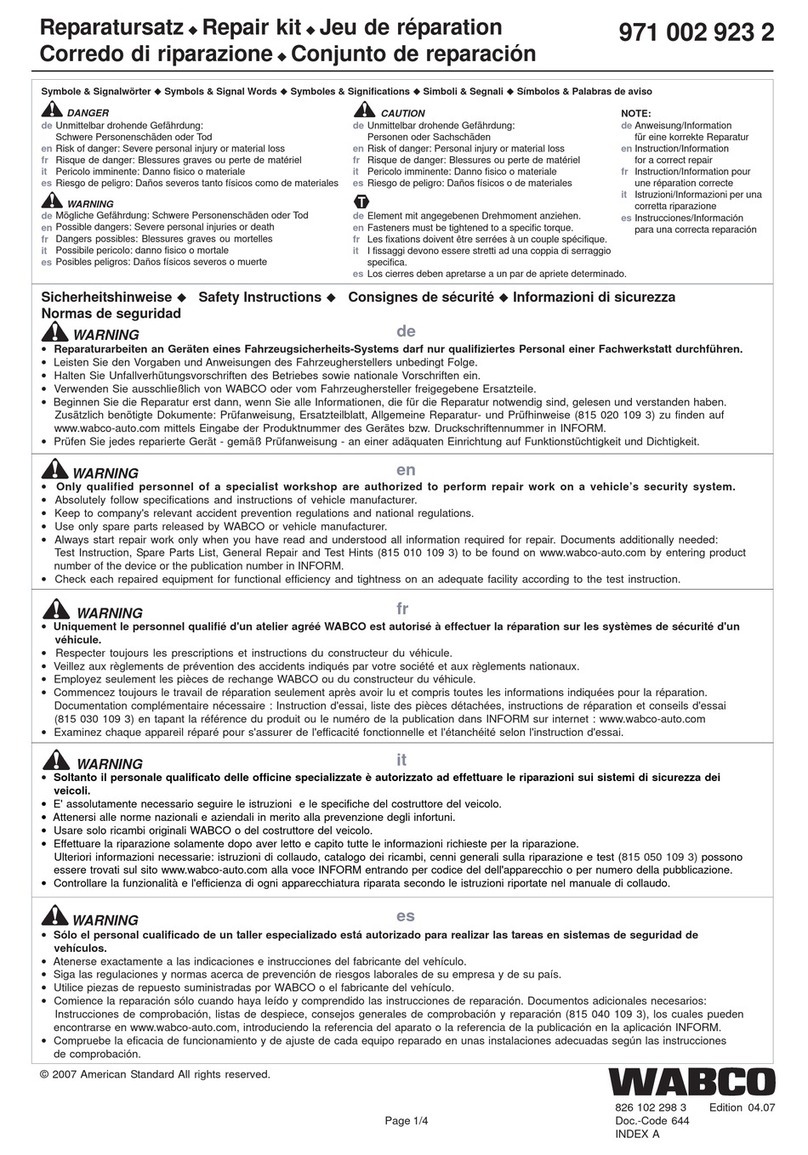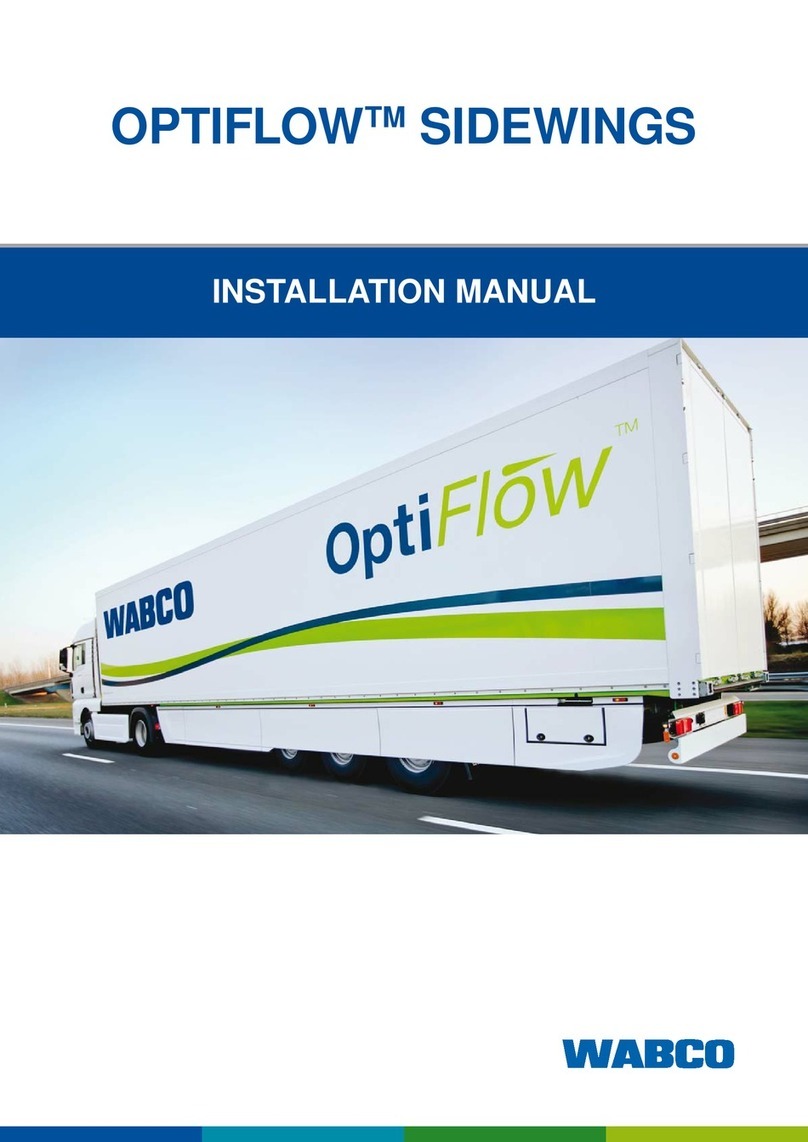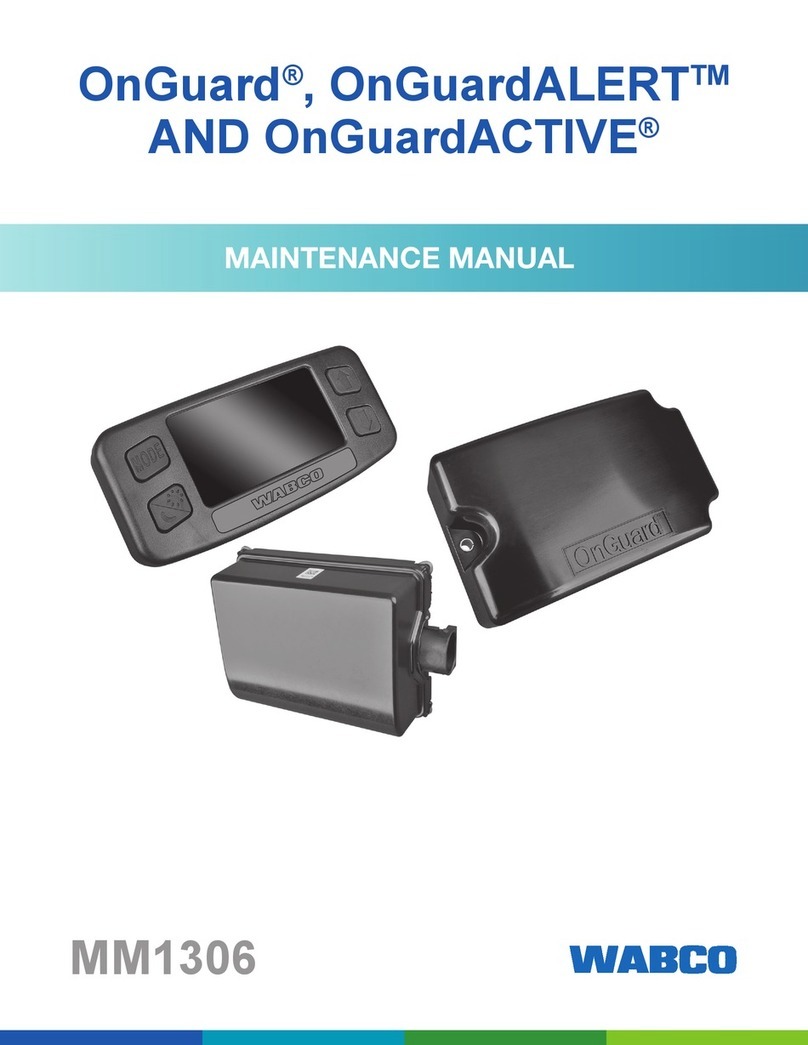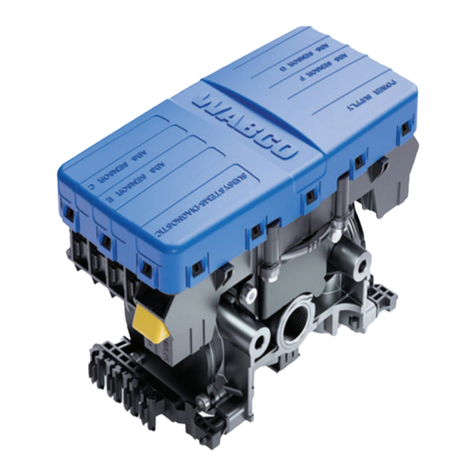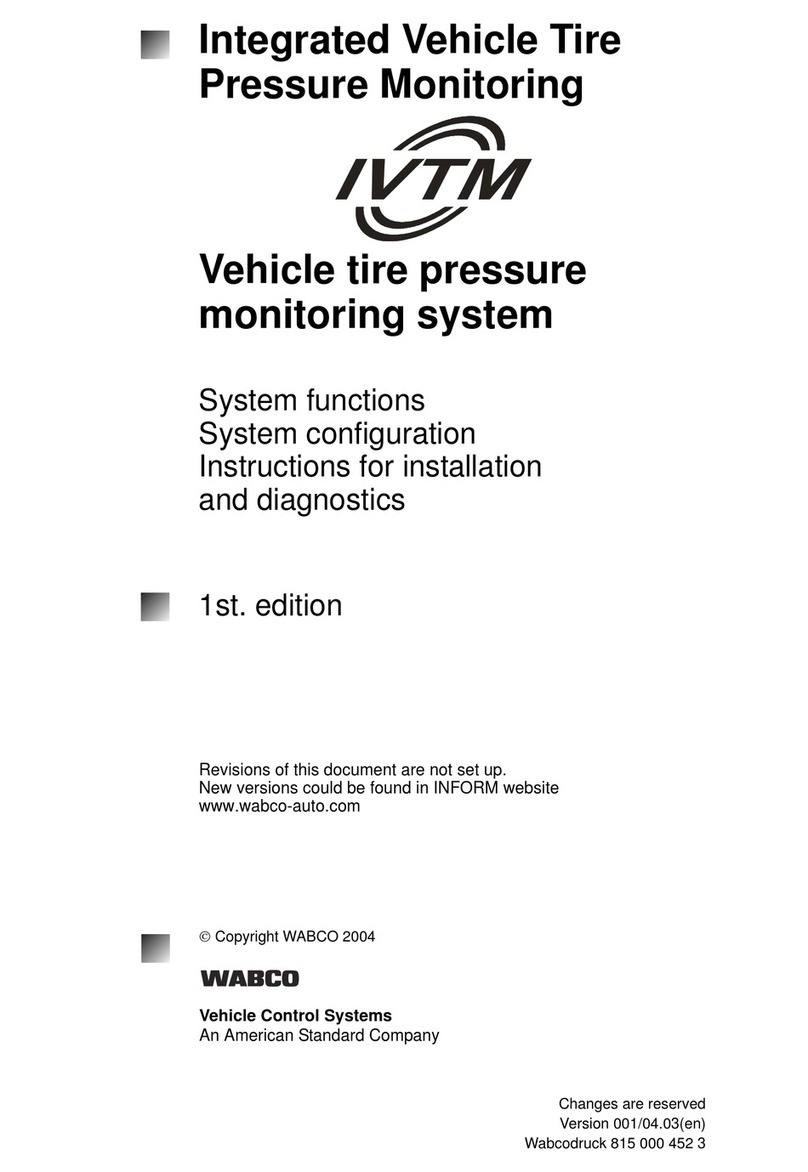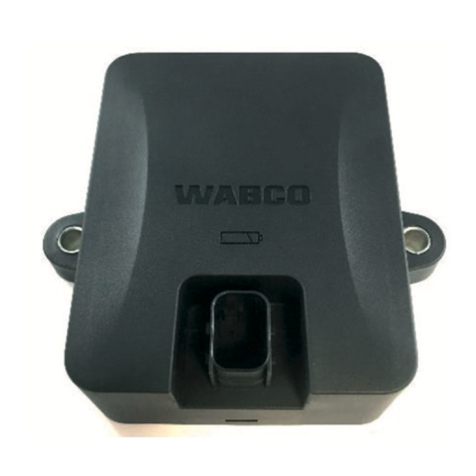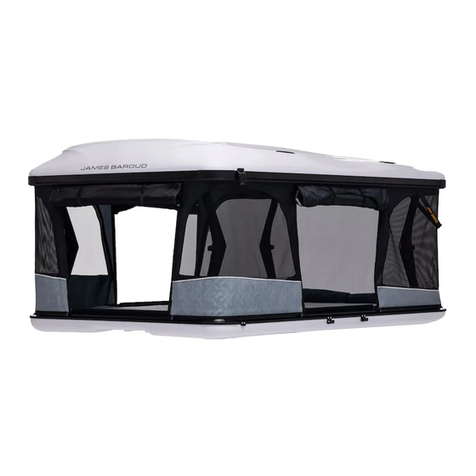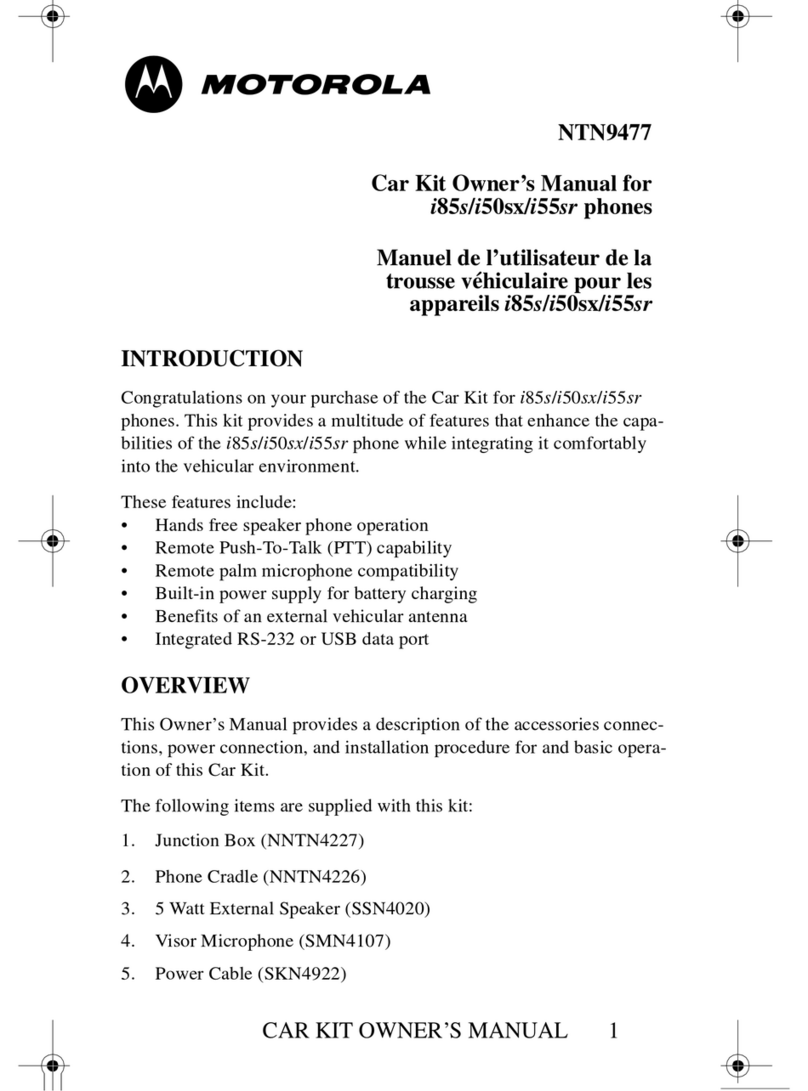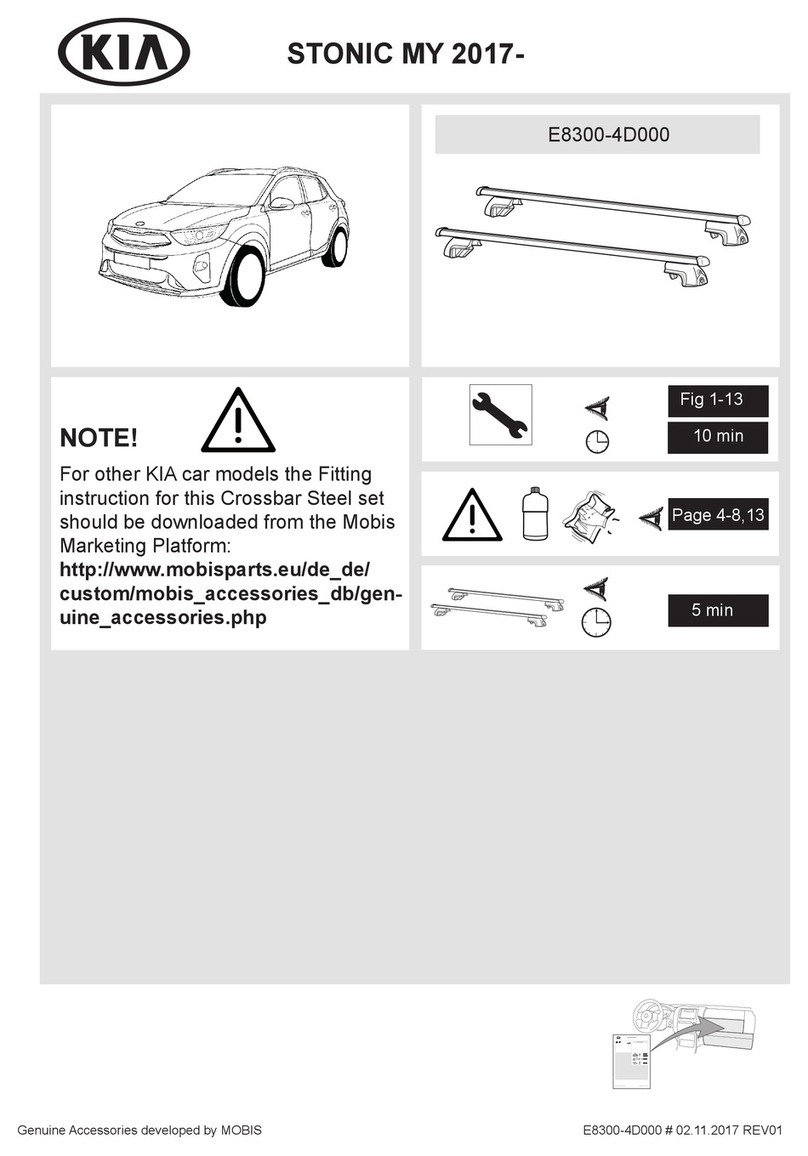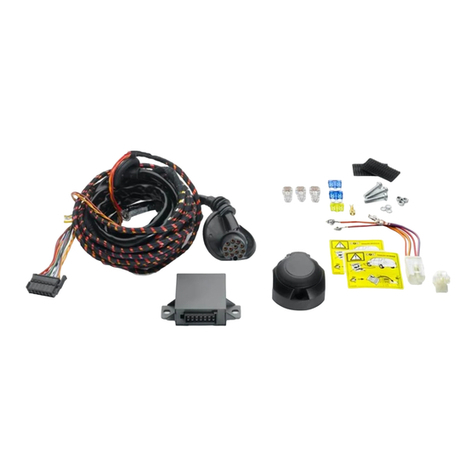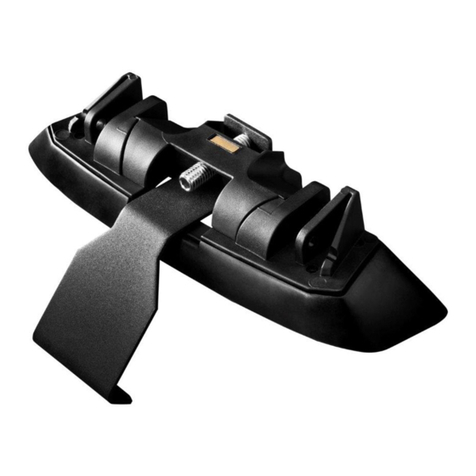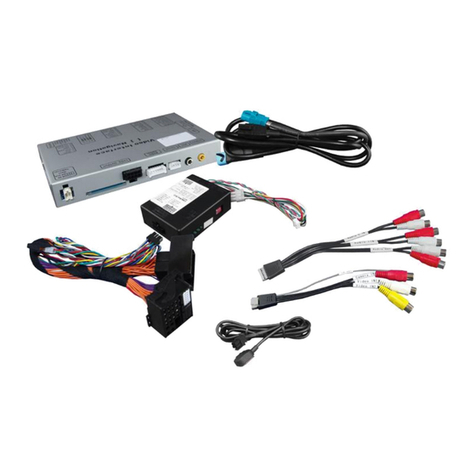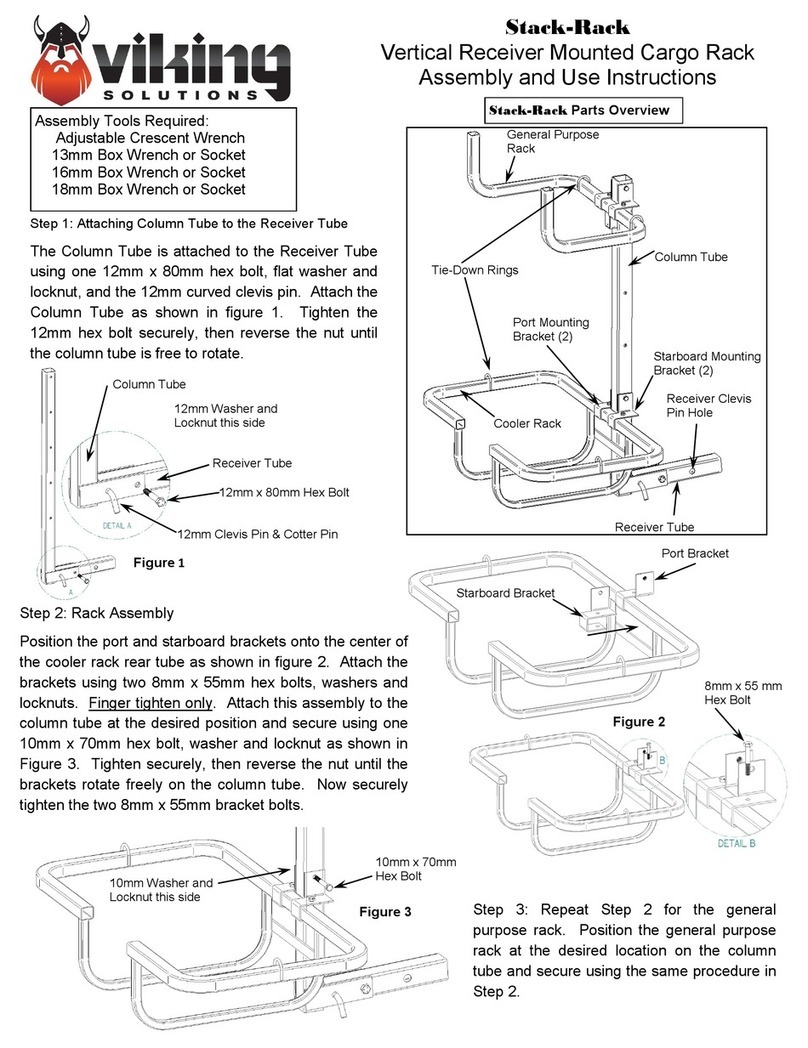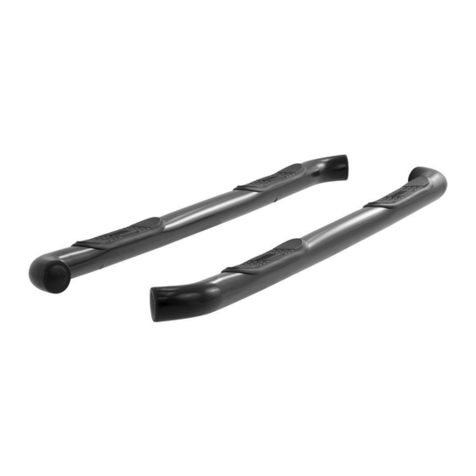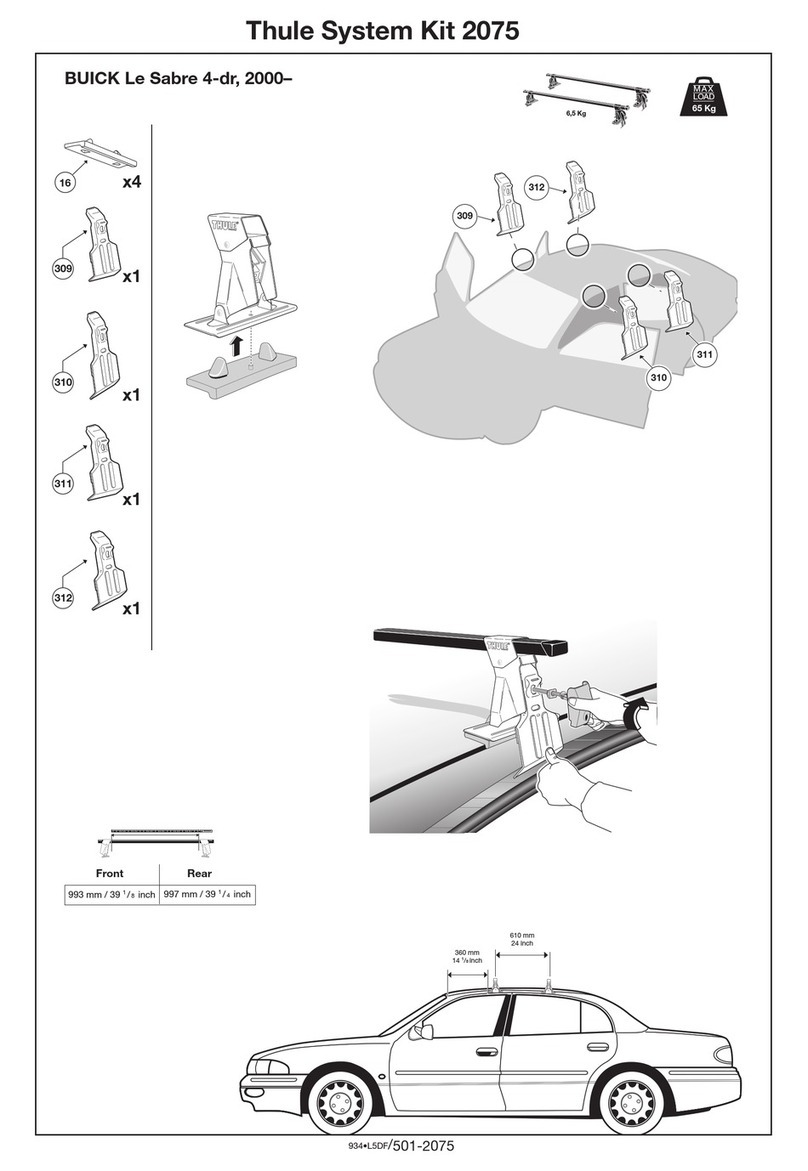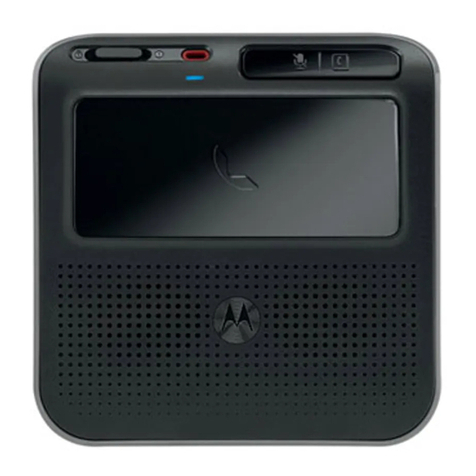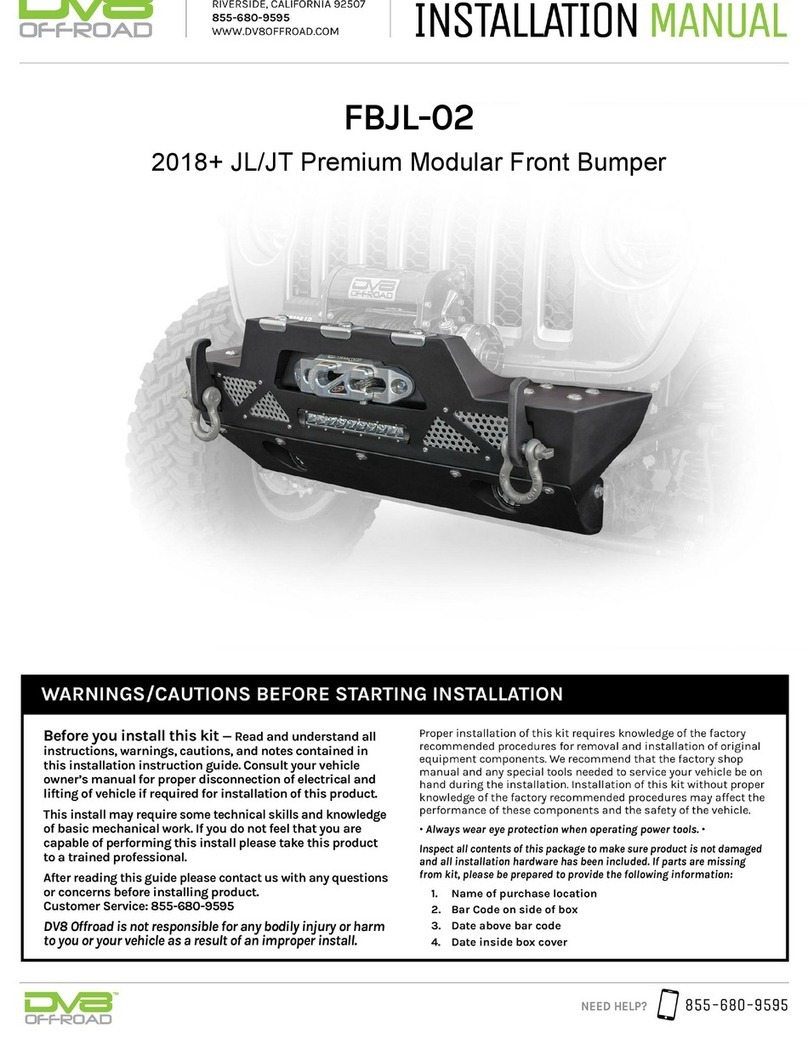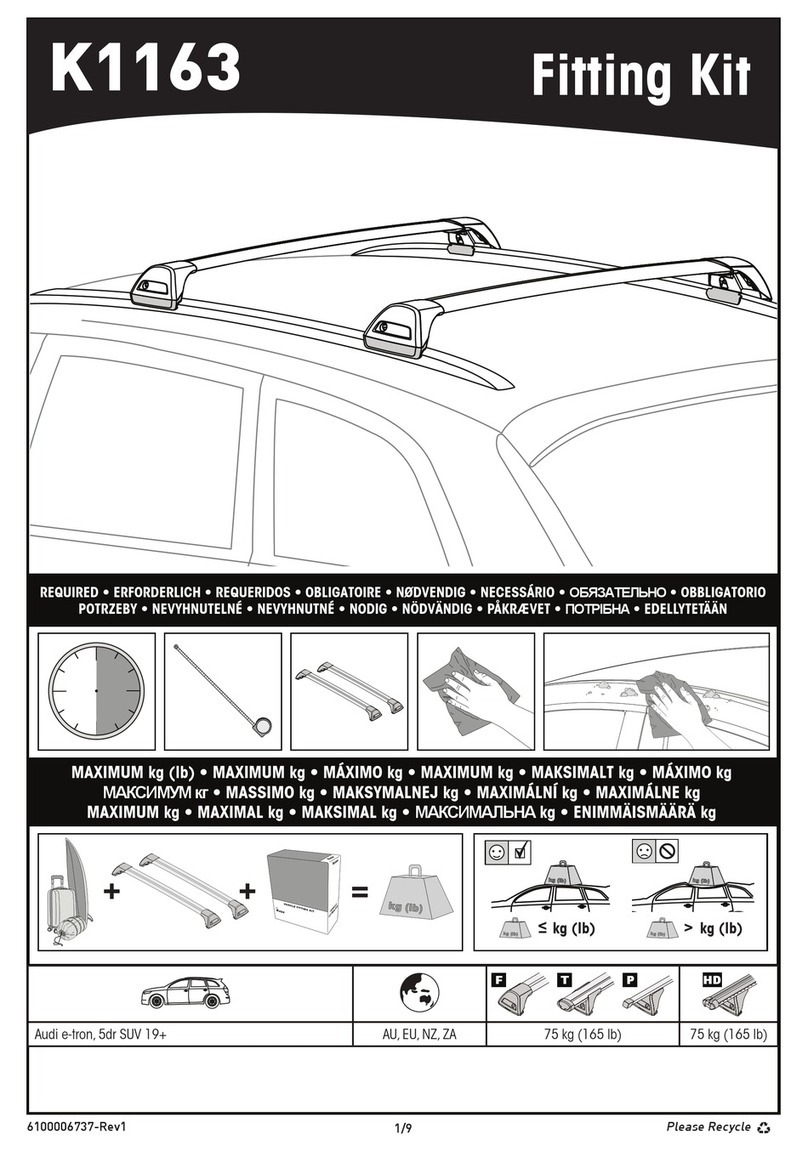
Table of Contents
TEBS E
5
1Disclaimer ............................................................................................................................... 8
2Symbols used ......................................................................................................................... 9
3Safety information................................................................................................................ 10
4Introduction........................................................................................................................... 12
4.1 System design............................................................................................................ 14
4.1.1 braking system ........................................................................................................... 14
4.1.2 Braking system with conventional air suspension...................................................... 15
4.1.3 Electronically controlled air suspension system (ECAS) ........................................... 17
4.2 Overview of functions................................................................................................. 19
5braking system ..................................................................................................................... 22
5.1 System design............................................................................................................ 22
5.2 Scope of application................................................................................................... 22
5.3 Expertise and standards ............................................................................................ 23
5.4 ABS configurations..................................................................................................... 24
5.5 Description of the components of the electropneumatic braking system................... 29
5.6 Components of the TEBS E Modulator...................................................................... 31
5.7 Supply ........................................................................................................................ 32
5.7.1 Function test when switching on or coupling ............................................................. 32
5.7.2 Power supply via stop light (24N)............................................................................... 32
5.7.3 Multi-Voltage .............................................................................................................. 33
5.8 System monitoring...................................................................................................... 35
5.8.1 Warnings and system messages ............................................................................... 35
5.8.2 Pneumatic redundancy .............................................................................................. 37
5.9 Brake functions........................................................................................................... 38
5.9.1 Nominal value detection............................................................................................. 38
5.9.2 Load Sensing Valve (LSV) ......................................................................................... 40
5.9.3 Pressure control ......................................................................................................... 44
5.9.4 Overload protection....................................................................................................45
5.9.5 Anti-Lock Braking System (ABS) ............................................................................... 46
5.9.6 Roll Stability Support (RSS) ....................................................................................... 47
5.9.7 Standstill function ....................................................................................................... 48
5.9.8 Emergency braking function....................................................................................... 49
5.9.9 Test mode .................................................................................................................. 49
5.10 ECU-internal functions ............................................................................................... 50
5.10.1 Odometer ................................................................................................................... 50
5.10.2 Service signal ............................................................................................................. 51
5.10.3 ServiceMind................................................................................................................ 51
5.10.4 Axle load output.......................................................................................................... 52
5.10.5 Notebook function ...................................................................................................... 54
5.10.6 Operating data record (ODR)..................................................................................... 54
6GIO functions........................................................................................................................ 58
6.1 Lifting axle control ...................................................................................................... 59
6.2 Tag axle control with residual pressure maintenance................................................ 63
6.3 Integrated electronically controlled air suspension system (ECAS) .......................... 64
6.3.1 Nominal level control.................................................................................................. 69
6.3.2 Normal level ............................................................................................................... 70
